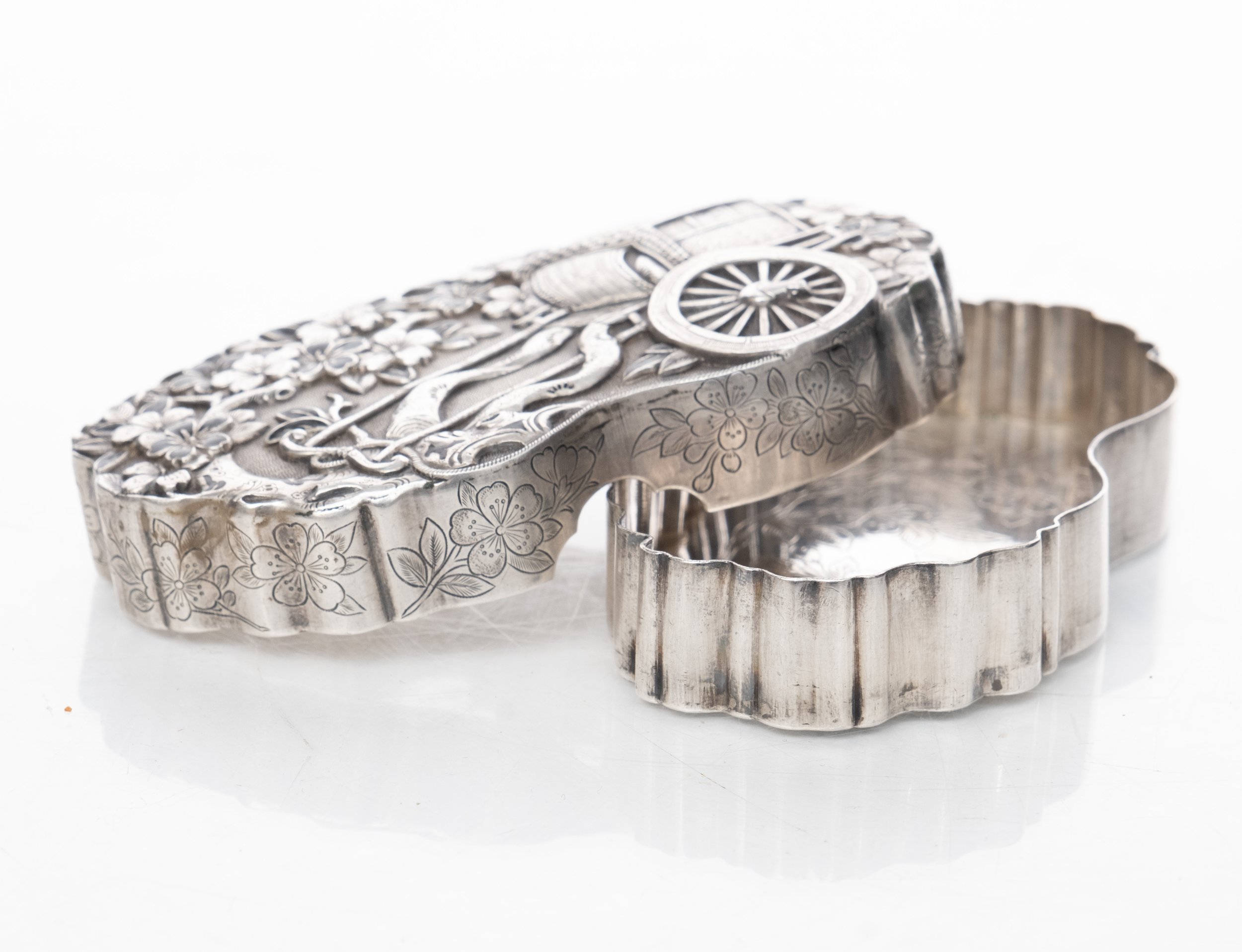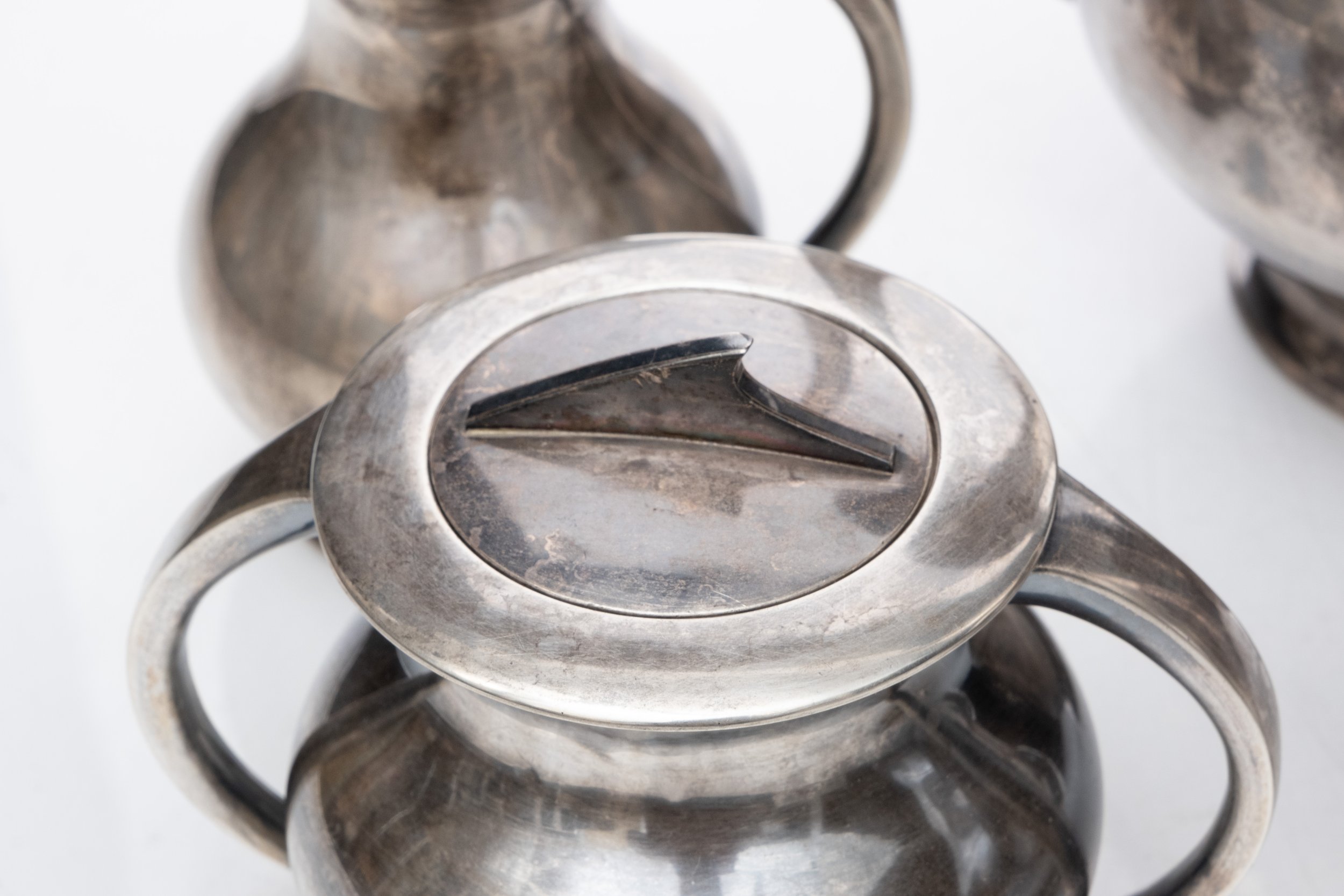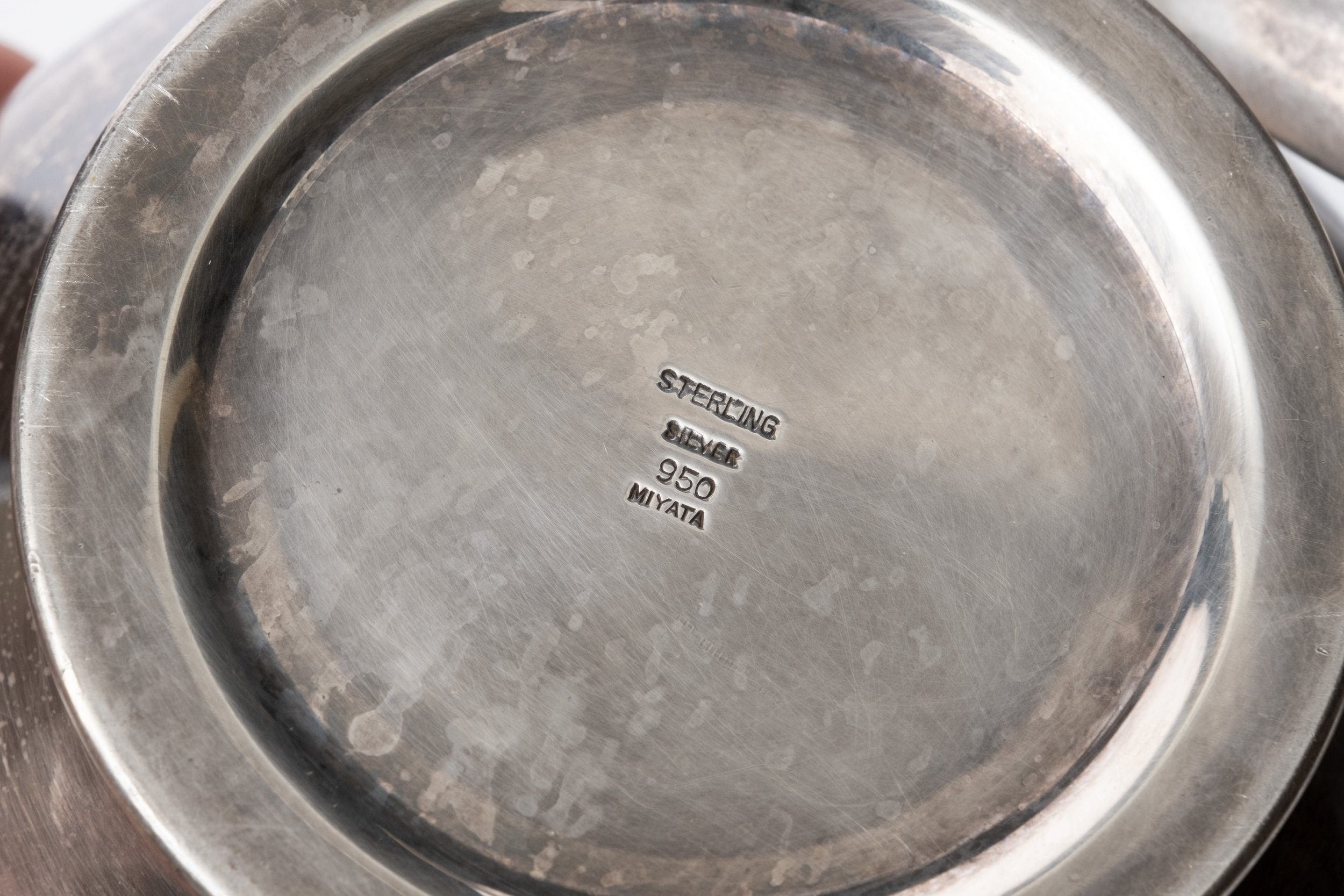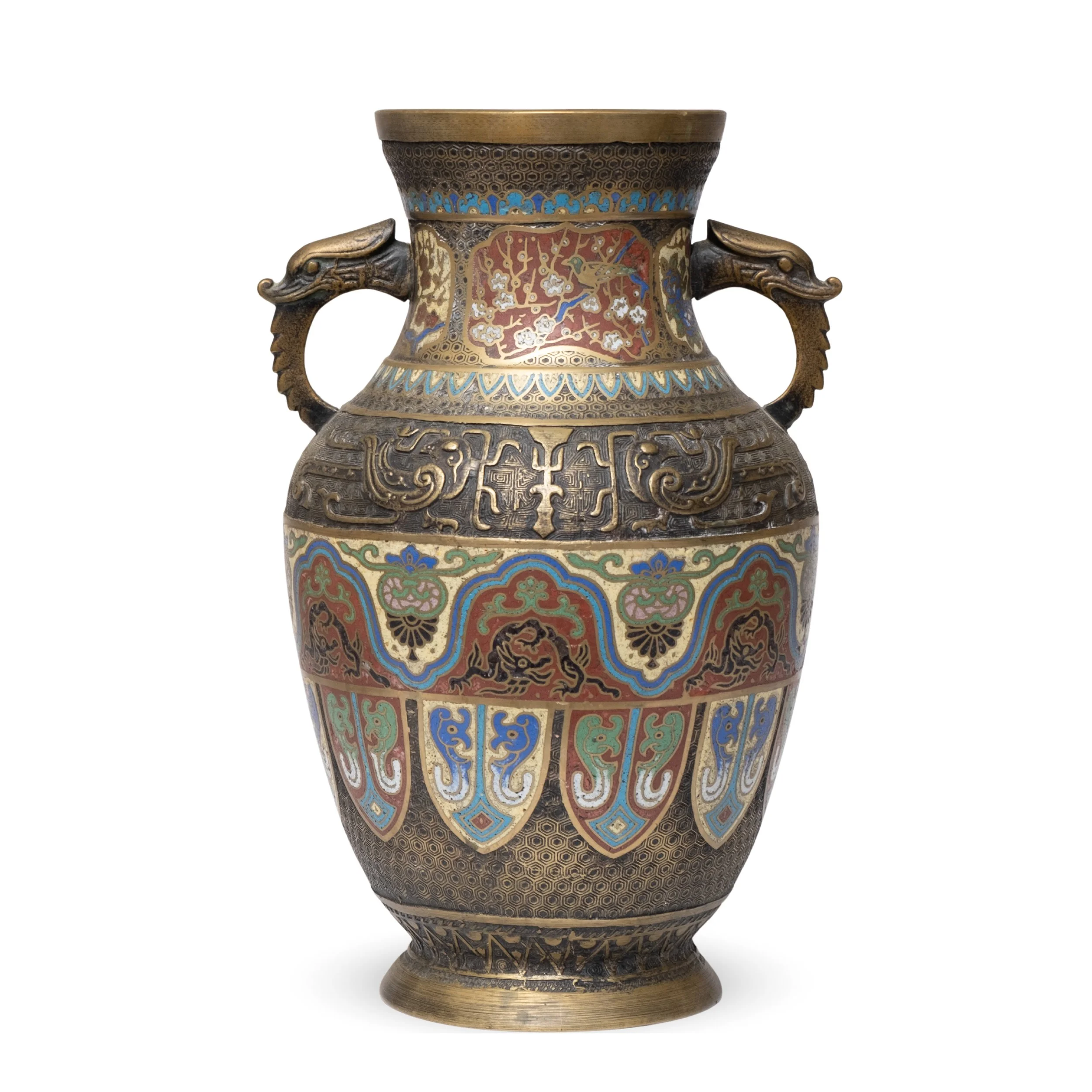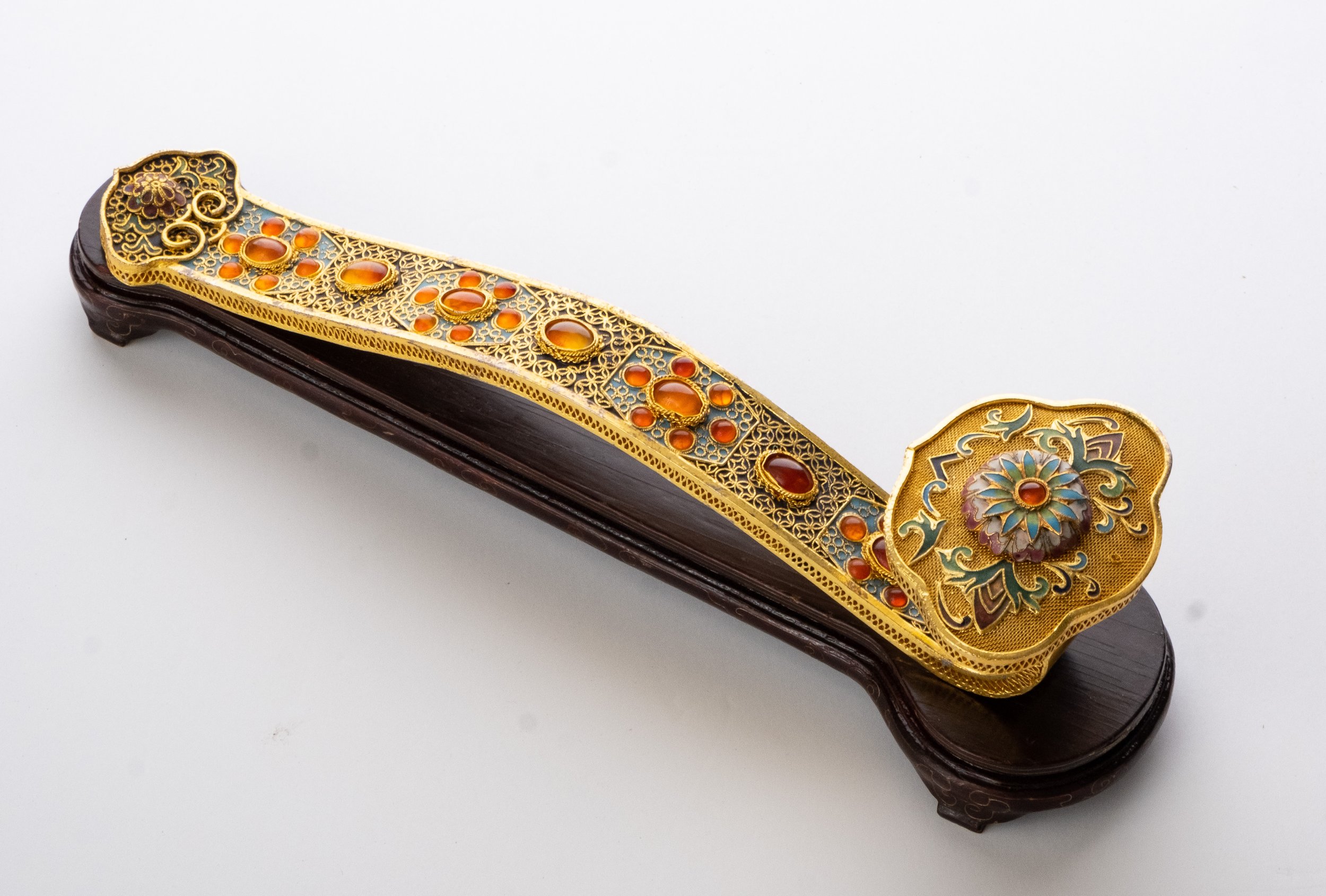 Image 1 of 6
Image 1 of 6

 Image 2 of 6
Image 2 of 6

 Image 3 of 6
Image 3 of 6

 Image 4 of 6
Image 4 of 6

 Image 5 of 6
Image 5 of 6

 Image 6 of 6
Image 6 of 6







Keisuke Serizawa Furoshiki Japanese Fabric Artwork
Keisuke Serizawa was a renowned Japanese artist. He was officially recognized and honored as a "Living National Treasure ". Drawing inspiration from traditional crafts like Edo Komon and Ise Japanese paper, Serizawa created distinctive Japanese-style artworks. Notably, he refined the technique of stencil dyeing, which later earned recognition as an important intangible cultural heritage. Today, he stands as a prominent representative of Japanese craftsmanship on the global stage.
The term "wind" in Japanese is depicted by the color navy blue, often associated with the rich traditions of the country. A prime example of this is the age-old custom of using wrapping cloths, known as "furoshiki". These cloths are an epitome of sustainable living in Japan, offering a zero-waste method for wrapping a diverse range of items - from fresh produce and wine bottles to clothing and presents.
Beyond mere utility, the practice of furoshiki resonates with the philosophy of ecological mindfulness, prompting us to re-evaluate the number of items we truly require. This versatile art form transforms a single cloth into multiple utilities, all through the simple act of folding and tying in various manners. Although fabric wrapping is prevalent in many cultures, the furoshiki style is uniquely Japanese, reflecting the nation's appreciation for ceremony, aesthetics, multipurpose tools, and meticulousness in everyday affairs.
Tracing back its origins, cloth wrapping has been prevalent in Japan for over a millennium. The term "furoshiki", which translates to "bath spread", finds its roots in the Edo period (1603-1868). During this era, these cloths were a staple in bathhouses, utilized for holding clothes and as bath mats. With time, the Japanese ingeniously devised a plethora of uses and elegant patterns for furoshiki. This multifunctional cloth can seamlessly transition into gift wrapping, a shopping bag, a stylish handbag accessory, a picnic basket, a table setting, home decor, and even fashion items like scarves, belts, or bandanas. Furthermore, it proves to be an efficient solution for wrapping clothes during travel.
Frame: 27.5"H x 31.25"W Visible: 31"W x 15"H
Keisuke Serizawa was a renowned Japanese artist. He was officially recognized and honored as a "Living National Treasure ". Drawing inspiration from traditional crafts like Edo Komon and Ise Japanese paper, Serizawa created distinctive Japanese-style artworks. Notably, he refined the technique of stencil dyeing, which later earned recognition as an important intangible cultural heritage. Today, he stands as a prominent representative of Japanese craftsmanship on the global stage.
The term "wind" in Japanese is depicted by the color navy blue, often associated with the rich traditions of the country. A prime example of this is the age-old custom of using wrapping cloths, known as "furoshiki". These cloths are an epitome of sustainable living in Japan, offering a zero-waste method for wrapping a diverse range of items - from fresh produce and wine bottles to clothing and presents.
Beyond mere utility, the practice of furoshiki resonates with the philosophy of ecological mindfulness, prompting us to re-evaluate the number of items we truly require. This versatile art form transforms a single cloth into multiple utilities, all through the simple act of folding and tying in various manners. Although fabric wrapping is prevalent in many cultures, the furoshiki style is uniquely Japanese, reflecting the nation's appreciation for ceremony, aesthetics, multipurpose tools, and meticulousness in everyday affairs.
Tracing back its origins, cloth wrapping has been prevalent in Japan for over a millennium. The term "furoshiki", which translates to "bath spread", finds its roots in the Edo period (1603-1868). During this era, these cloths were a staple in bathhouses, utilized for holding clothes and as bath mats. With time, the Japanese ingeniously devised a plethora of uses and elegant patterns for furoshiki. This multifunctional cloth can seamlessly transition into gift wrapping, a shopping bag, a stylish handbag accessory, a picnic basket, a table setting, home decor, and even fashion items like scarves, belts, or bandanas. Furthermore, it proves to be an efficient solution for wrapping clothes during travel.
Frame: 27.5"H x 31.25"W Visible: 31"W x 15"H
Keisuke Serizawa was a renowned Japanese artist. He was officially recognized and honored as a "Living National Treasure ". Drawing inspiration from traditional crafts like Edo Komon and Ise Japanese paper, Serizawa created distinctive Japanese-style artworks. Notably, he refined the technique of stencil dyeing, which later earned recognition as an important intangible cultural heritage. Today, he stands as a prominent representative of Japanese craftsmanship on the global stage.
The term "wind" in Japanese is depicted by the color navy blue, often associated with the rich traditions of the country. A prime example of this is the age-old custom of using wrapping cloths, known as "furoshiki". These cloths are an epitome of sustainable living in Japan, offering a zero-waste method for wrapping a diverse range of items - from fresh produce and wine bottles to clothing and presents.
Beyond mere utility, the practice of furoshiki resonates with the philosophy of ecological mindfulness, prompting us to re-evaluate the number of items we truly require. This versatile art form transforms a single cloth into multiple utilities, all through the simple act of folding and tying in various manners. Although fabric wrapping is prevalent in many cultures, the furoshiki style is uniquely Japanese, reflecting the nation's appreciation for ceremony, aesthetics, multipurpose tools, and meticulousness in everyday affairs.
Tracing back its origins, cloth wrapping has been prevalent in Japan for over a millennium. The term "furoshiki", which translates to "bath spread", finds its roots in the Edo period (1603-1868). During this era, these cloths were a staple in bathhouses, utilized for holding clothes and as bath mats. With time, the Japanese ingeniously devised a plethora of uses and elegant patterns for furoshiki. This multifunctional cloth can seamlessly transition into gift wrapping, a shopping bag, a stylish handbag accessory, a picnic basket, a table setting, home decor, and even fashion items like scarves, belts, or bandanas. Furthermore, it proves to be an efficient solution for wrapping clothes during travel.
Frame: 27.5"H x 31.25"W Visible: 31"W x 15"H







